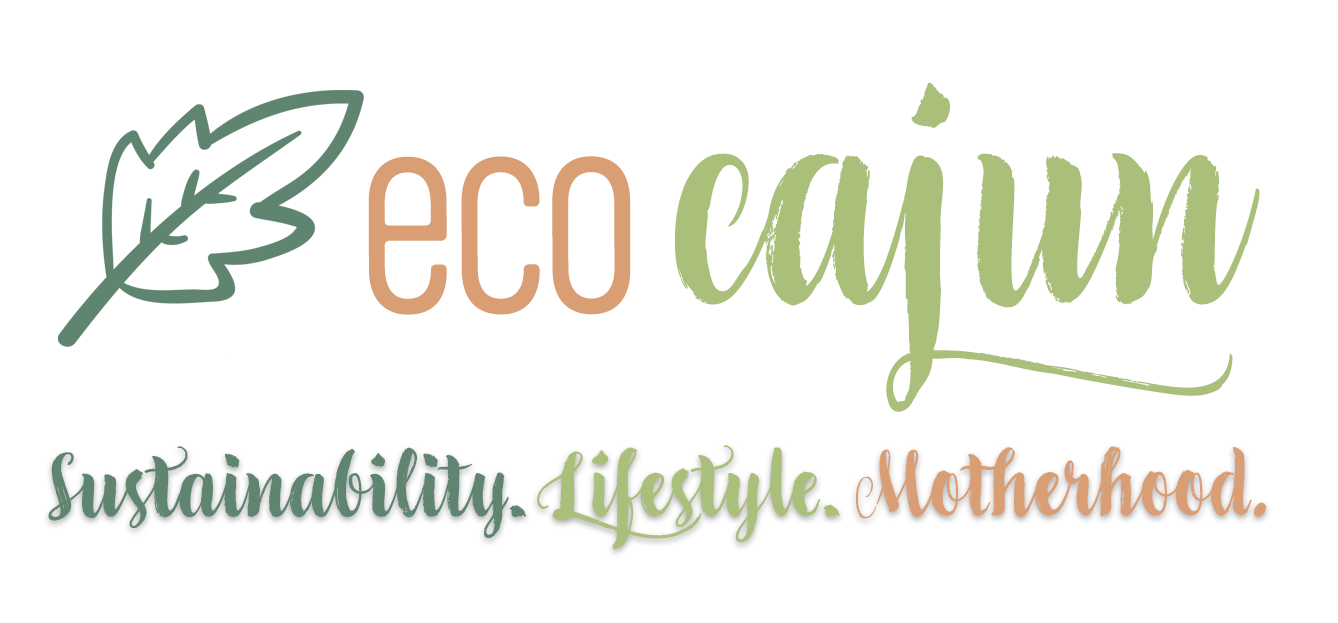When I write about new green practices, I always look forward to trying them myself. Since writing about natural Easter egg dyes for last week's Simple Eco Tip, I couldn't wait to go to the store and get my ingredients.
I chose blueberries to make bluish-gray, paprika for reddish-orange, turmeric for mustard yellow, pickled beet juice for pink, grape juice for lavender, and red onion skins for jade green.
Dyeing eggs with natural ingredients takes a lot longer than with the little box kits. Using spices involved boiling water, and using blueberries involved letting them thaw to room temperature. Using the onion skins involved chopping and simmering in water.
But the process overall was very fun and rewarding. It was interesting to watch food dye the eggs, especially the liquid from the simmered onion skins. I was a bit skeptical that the instructions said it gives a jade green color, but I was pleasantly surprised that it was true. They turned out to be my favorite.
Using the natural dyes also means you won't get as vibrant a color as you would with traditional dyes, but I still think they came out very well (except for the sad paprika-dyed eggs, but that's probably from my impatience.)
At the last minute, I realized I hadn't planned a way to let the eggs dry, and thought of what the kits come with for drying. I had a quick bolt of inspiration and found a cardboard box waiting to be recycled. Five minutes later, I'd cut strips and slits on those strips, and created a bunch of fish-shaped egg drying stands. They worked out great, and I got to reuse a cardboard box.
Although I didn't plan on spending part of two days dyeing eggs, I had fun experimenting and look forward to next year, when I can perfect each shade!








No comments